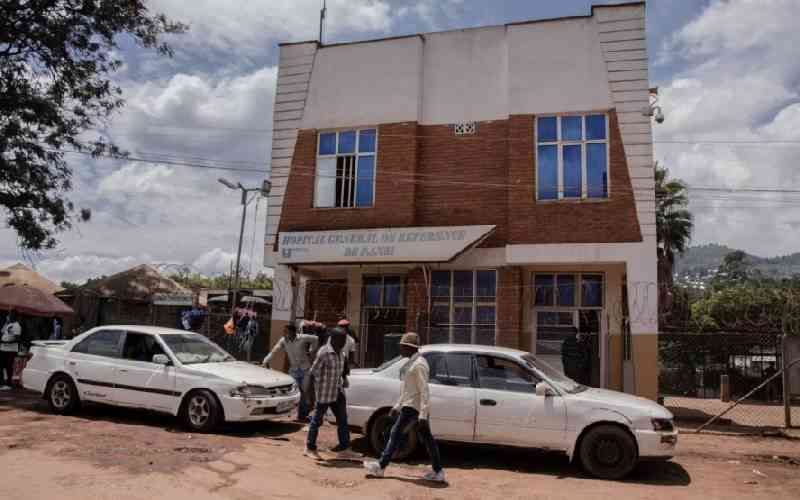Reports that textile factories have retooled and are now producing much-needed health-related goods such as gloves and face masks that were previously imported is a pointer to the direction the country should go in even after the coronavirus pandemic is contained.
The key lesson developing for countries in Africa, South America and large swathes of Asia from this crisis is that the global economy was designed to favour industrialised economies.
This tilt was accentuated in the 1980s when most of the developing countries fell into recession when the Organisation of the Petroleum Exporting Countries (Opec) increase oil prices.
Although the increased oil prices threw the global economy into a crisis, the industrialised economies were able to ride out the storm by passing their increased costs to their customers.
The developing countries were left reeling under mountains of debt when their local currencies collapsed.
They all required help to manage those debts many of which were, at best, spent on infrastructure projects with long-term benefits.
The Bretton Woods institutions - the World Bank and the International Monetary Fund (IMF) - served as midwives for the subsequent dismantling of these developing countries’ manufacturing capacities - which were still in their infancy.
Different model
The two institutions demanded the winding up of all but essential State corporations as a condition for extending credit to these beleaguered countries. This is what made these countries dependent on imports such that when the pandemic struck their shores, they were unable to protect themselves.
The silver lining in the pandemic is that it gives these countries a chance to adopt a different development model because even the countries controlling the Bretton Woods institutions are grappling with the problems caused by the outsourcing of most of their goods.
It is not surprising then that America is leading the charge against globalisation, and there is hope that developing countries might follow its example without attracting the ire of either the World Bank or the IMF.
The Kenyan government should, therefore, throw all its weight behind industries that produce goods that were previously imported and those that are manufactured for the export markets.
And the textile sub-sector offers the perfect starting point because of the existing trade deal between African countries and the US under the African Growth and Opportunity Agreement. [Mbatau wa Ngai, [email protected]]
 The Standard Group Plc is a
multi-media organization with investments in media platforms spanning newspaper
print operations, television, radio broadcasting, digital and online services. The
Standard Group is recognized as a leading multi-media house in Kenya with a key
influence in matters of national and international interest.
The Standard Group Plc is a
multi-media organization with investments in media platforms spanning newspaper
print operations, television, radio broadcasting, digital and online services. The
Standard Group is recognized as a leading multi-media house in Kenya with a key
influence in matters of national and international interest.
 The Standard Group Plc is a
multi-media organization with investments in media platforms spanning newspaper
print operations, television, radio broadcasting, digital and online services. The
Standard Group is recognized as a leading multi-media house in Kenya with a key
influence in matters of national and international interest.
The Standard Group Plc is a
multi-media organization with investments in media platforms spanning newspaper
print operations, television, radio broadcasting, digital and online services. The
Standard Group is recognized as a leading multi-media house in Kenya with a key
influence in matters of national and international interest.








